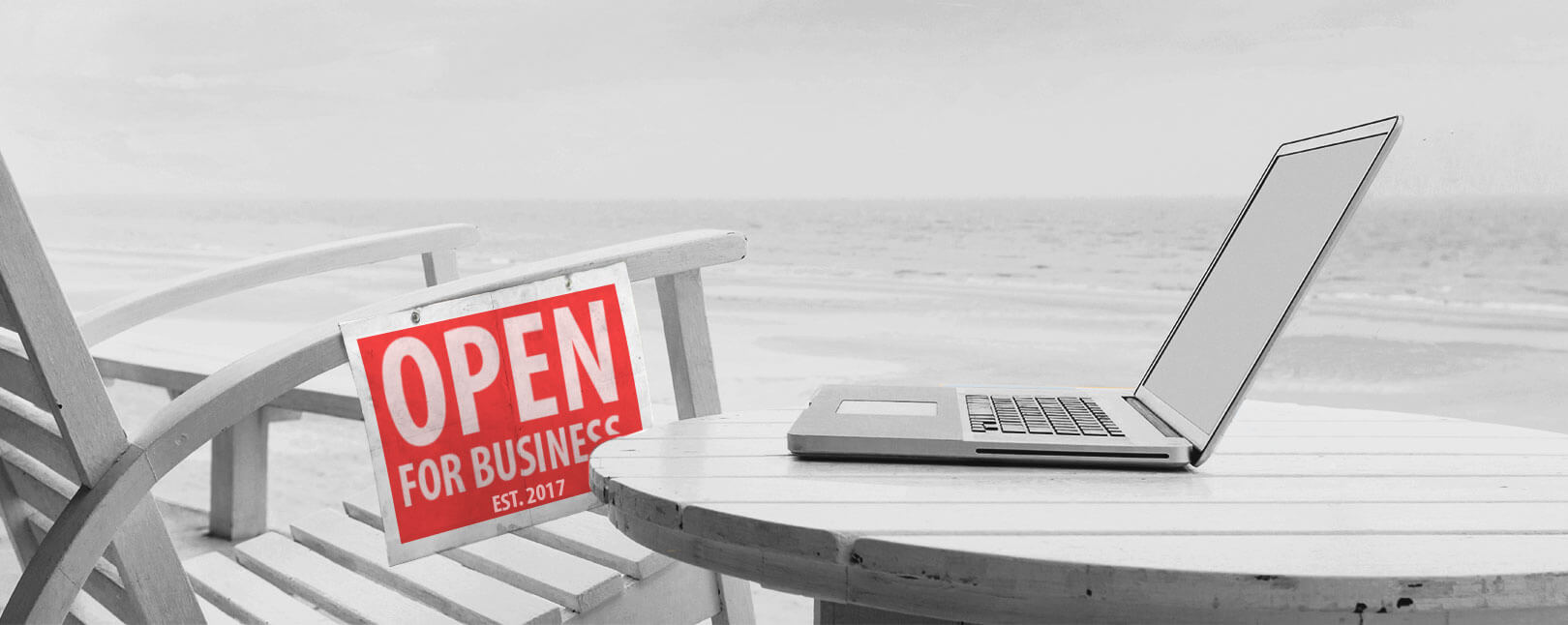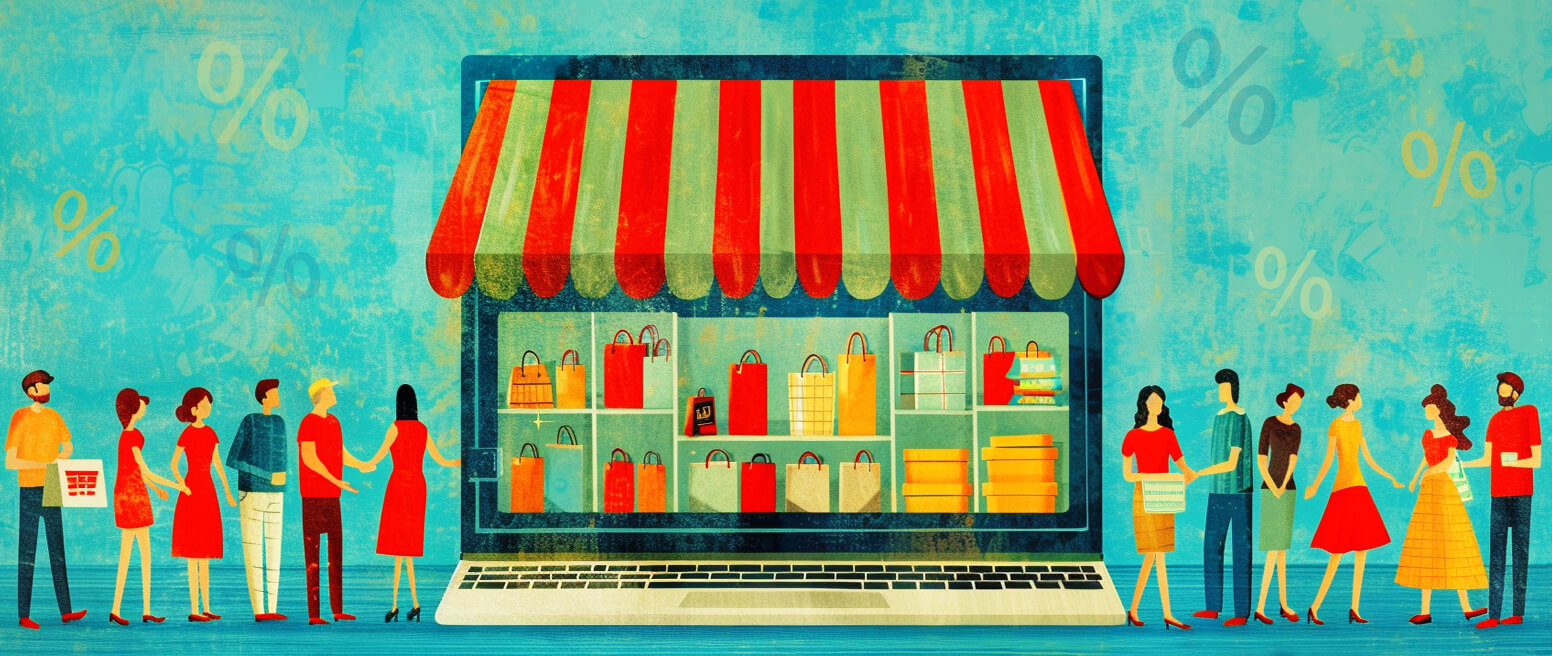What Will the Startup Landscape Look Like Going Forward?
Entrepreneurship is a dynamic life path and is always evolving and changing. Different trends in entrepreneurship develop each year, providing insight as to how companies structure themselves, find investors, and present themselves to the public.
These seven trends are likely to be among the most influential for fresh start-ups in 2017.
1. The Sharing Economy Will Continue to Expand
 The sharing economy refers to any business based on a model of collaborative consumption which enables users to interact with one another and trade for goods and services. A number of brands falling under the sharing economy umbrella can be counted as household names, including: Uber, Airbnb, Lyft, and Lending Club.
The sharing economy refers to any business based on a model of collaborative consumption which enables users to interact with one another and trade for goods and services. A number of brands falling under the sharing economy umbrella can be counted as household names, including: Uber, Airbnb, Lyft, and Lending Club.
The principle of the sharing economy really started to takeoff a couple years ago, and experts don’t anticipate the business model to fall out of favor any time soon.
Uber, for example, reports a 40% revenue growth each consecutive quarter. And Uber executives aren’t the only ones turning a profit; Uber drives earn as much as $17 per hour in places like Los Angeles and $30 per hour in New York. With more than 8 million users, the number of Uber drivers surpasses the number of taxi drivers in many urban areas.
Airbnb is another lucrative venture in the sharing economy. Between 2010 and 2014, New York City Airbnb properties increased from 2,652 to 16,483—a 522% increase. The company’s revenue in 2015 topped $451 million and is projected to reach $805 million by 2018.
These stats seem to back up experts’ claims that the rise of the sharing economy may represent a fundamental shift in the way our society does business.
2. Entrepreneurs are Focused on Early Revenue

Venture capital funding is starting to slow. Investment dollar amounts in Q1 2016 showed an 11% decrease year over year, with the number of ventures funded coming in below the 20-year average.
This is likely due, in part, to the lack of modern entrepreneurs’ interest in continuing the proliferation of unicorn startups from years past. Many entrepreneurs now subscribe to a model of “revenue now, explosive growth later.”
Those firms who raise hundreds of millions before ever generating revenue rely on a speculative value, rather than any tangible metric. Entrepreneurs are now starting to believe more in the strength of driving revenue early-on in order to provide a tangible measure of the business’s strength.
Ultimately, this change in thought will make for stronger, more durable organizations. With entrepreneurs switching their focus away from acquiring funding to building revenue, they are able to set themselves up for long-term success, as opposed to a brilliant flame that burns out quickly.
3. Risk Mitigation is Reactive Instead of Proactive

While entrepreneurs are in a rush to prove their worth and generate self-sustaining revenue, they aren’t focused enough on the risks that accompany that revenue.
Few entrepreneurs create proactive risk mitigation plans prior to launch—or even after risks start to emerge. They simply function in reactive mode, addressing each threat as it starts to steal revenue.
The greatest threats come in the form of fraud and chargebacks. The average merchant loses $2.40 for every dollar of fraud perpetrated, leading to 1.47% revenue loss—a 188% increase in the last three years.
For the average merchant, fraud and chargeback management consumes as much as 20% of the business’s operational budget, with up to 44% of merchants claiming it costs too much to control fraud.
By creating a proactive fraud and chargeback management strategy, entrepreneurs can streamline efficiencies, retain more revenue, achieve greater sustainability, and ultimately, gain the competitive edge over less agile startups.
4. There is Still a Demand for Physical Products

While the last decade saw a great deal of speculation regarding the end of physical media and the rise of digital distribution, that did not necessarily turn out to be the case. In fact, sales of a number of physical products including books, records, and film have gone up in the past few years, despite their digital parallels.
To demonstrate the scope of the market for physical goods, eCommerce giant Amazon actually opened their first brick-and-mortar book store in Seattle in late 2015, which was quickly followed by two more locations in San Diego and Portland.
The company proved that, despite their dominance in the areas of digital goods and the general consensus of convenience, there is still a core group of consumers dedicated to preserving physical products. Entrepreneurs would do well to capitalize on that demand.
5. Consumers are Attracted to Social Responsibility

While the historical goal of startups was to grow as big as possible and as quickly as possible, many entrepreneurs now aim to keep their operations close to the ground and localized.
Contemporary consumers will go out of their way to support small businesses. They believe firmly that businesses bear a responsibility to their communities, as well as to the world at large. Consumers would prefer to shop with businesses they trust and who address ethical concerns including production, the sourcing of materials, and what positive impact the business has in society.
Nearly 55% of global online consumers said they’d pay more for products or services provided by businesses dedicated to positive social and environmental impact. Likewise, 90% of consumers expect businesses to worry more about these important issues than they do about earning a profit.
Another survey found consumers are willing to pay more to local businesses in exchange for better quality of work, community support, and personalized services.
Many entrepreneurs, especially of the Millennial age group, hold those same values, and continue to weave the concept of social responsibility more and more tightly into their business concept.
6. Technology will Enable More Dynamic Projects

The startup environment is well-passed the point of remaining tethered to the office. Rather, young entrepreneurs increasingly opt for the digital nomad lifestyle, embracing an essential philosophy of “my office is where I lay my MacBook.”
This also leads to a greater prevalence of so-called “solopreneurs,” or individuals who rely on contractors and freelancers rather than maintaining a consistent workforce.
This setup is intended to keep the business organization minimal and agile; however, it should be noted that this can also inhibit the business’s scalability. As a result, entrepreneurs will be forced to choose one of two options—either accept the limitations to the business imposed by the decentralized model, or go a more standard direction with feet planted in the office space.
7. Unlikely Innovation is Driving Success

Many experts claim entrepreneurial success is heightened in industries that are traditionally resistant to innovation. Meeting unrealized needs through disruptive technologies is driving significant results.
For example, the health industry was slow to incorporate the technologies needed to streamline efficiencies. In 2008, only 3% of physicians were emailing patients. Compare that to the modern landscape were 83% of physicians use an electronic healthcare record systems.
Not only do these traditionally ‘innovation-resistant’ industries present the greatest opportunities, they also have surprising staying power. Over 40% of startups fail within three years of operation. However, 58% of finance, insurance, and real estate ventures are still successful after four years. Education, health, and agriculture are also still very strong contenders, coming in with a 56% success rate respectively.
Entrepreneurial Success: Now and Into the Future

The most recent studies show approximately 27 million Americans—or 14% of all working-age adults—identified themselves as entrepreneurs. Enthusiasm for entrepreneurship is particularly strong among young people, with one in every four Millennials reporting that they would like to eventually own their own business.
While techniques and trends may evolve over time, it is safe to assume the entrepreneurial spirit will remain strong for years to come.











